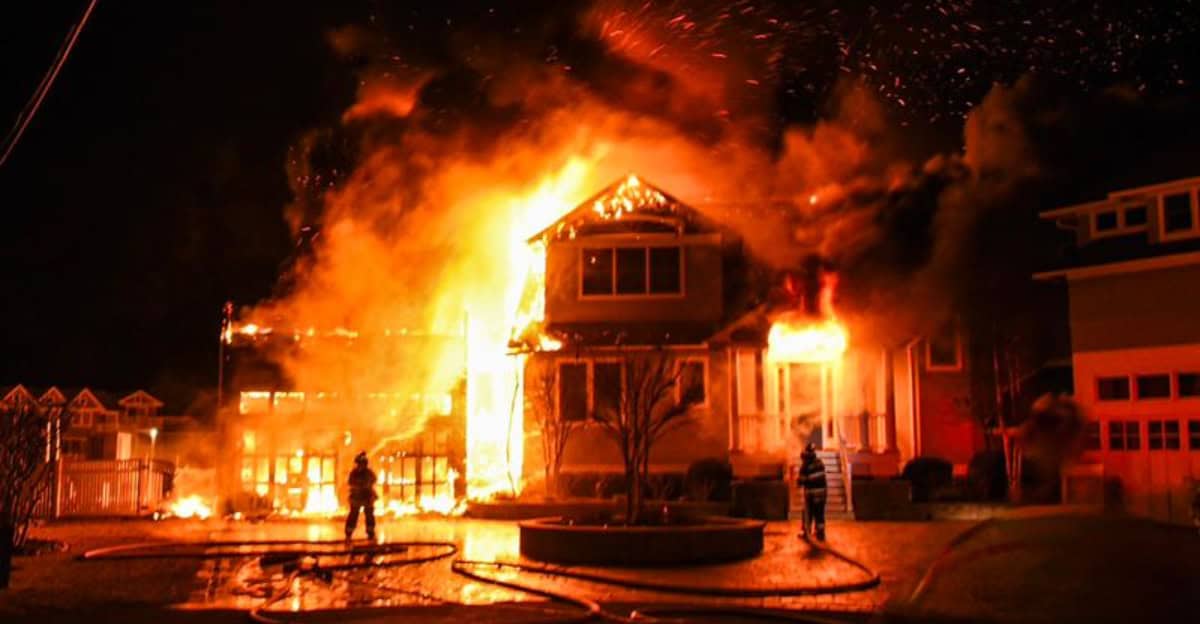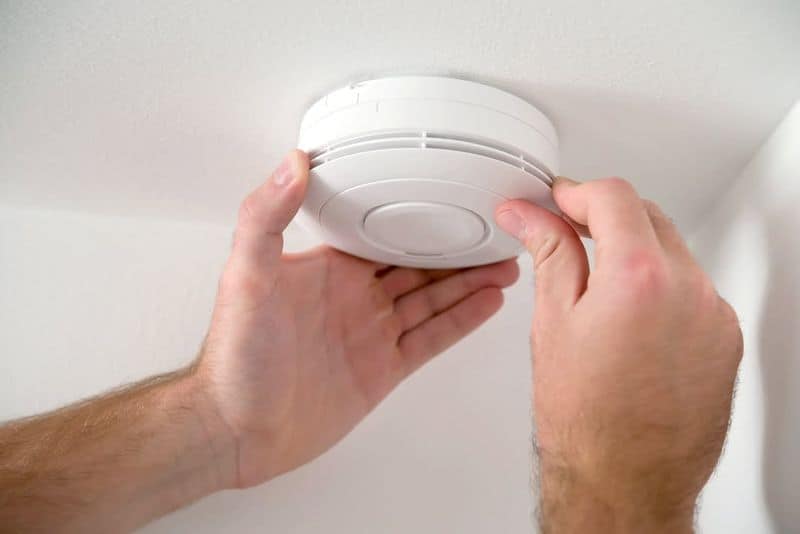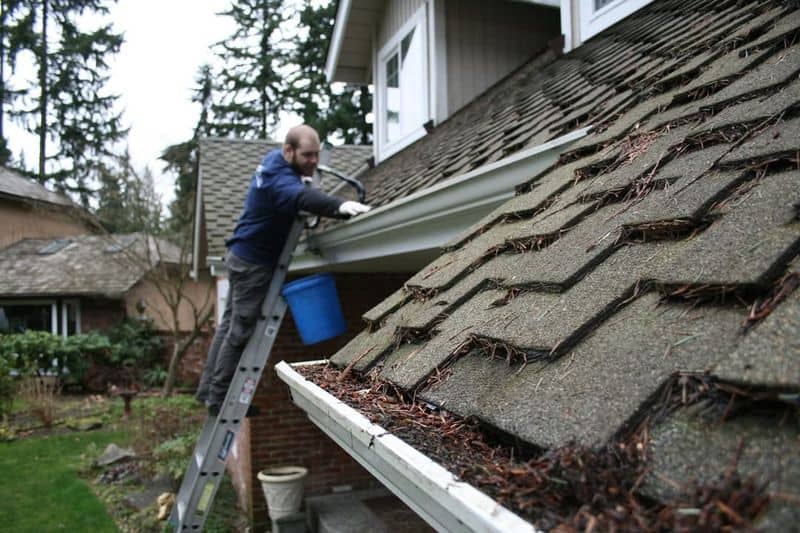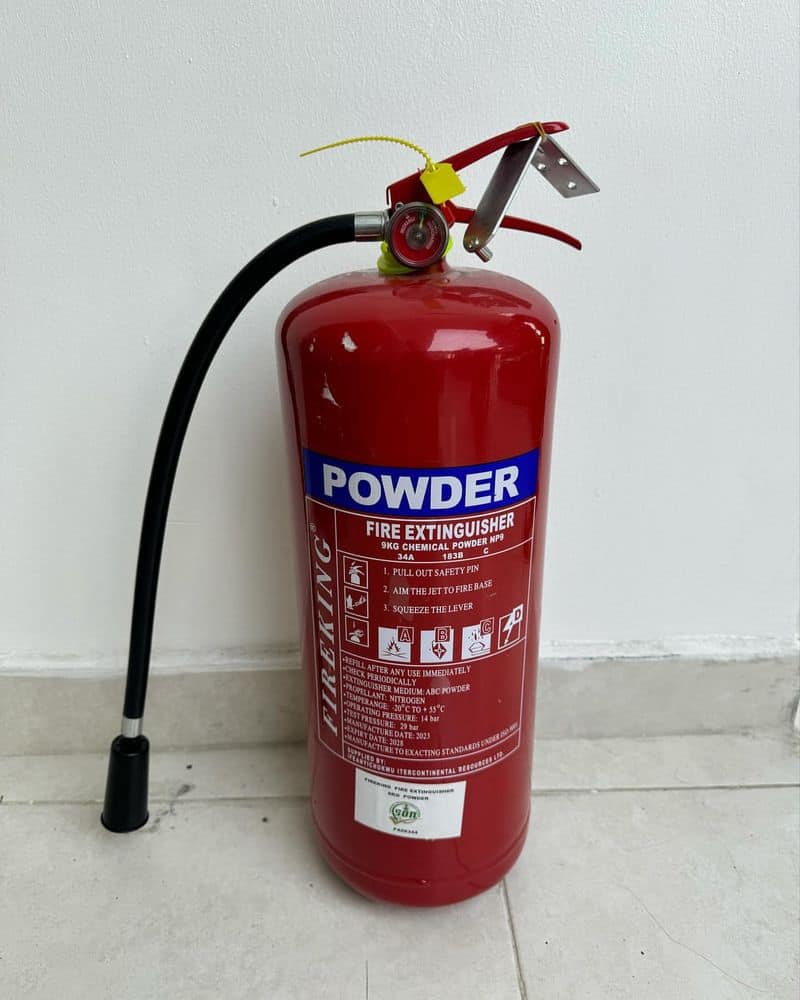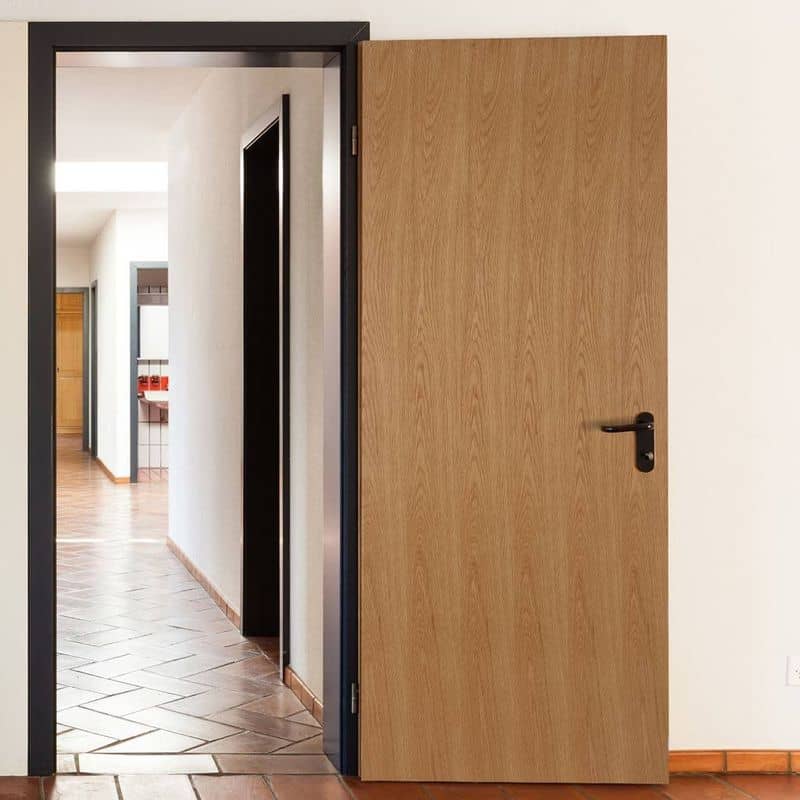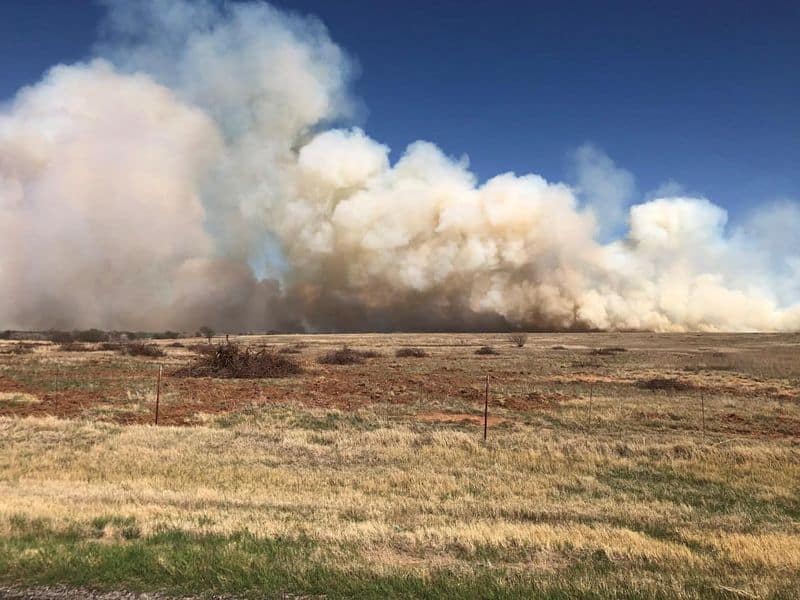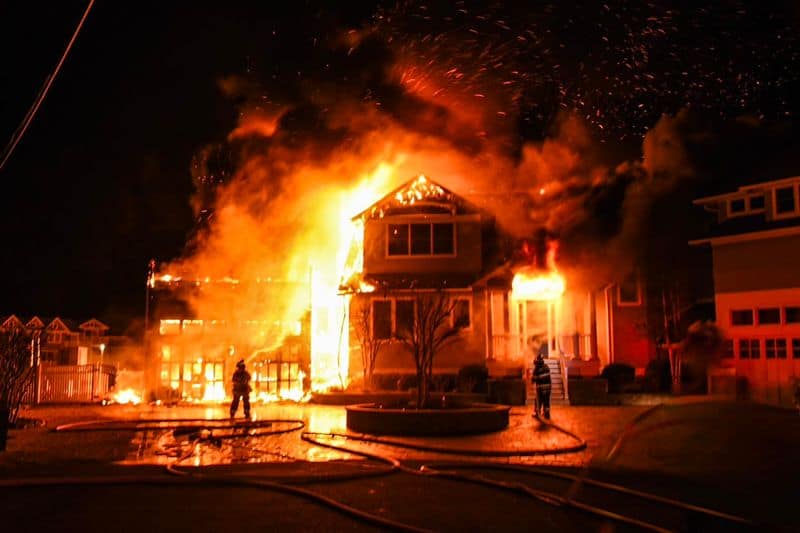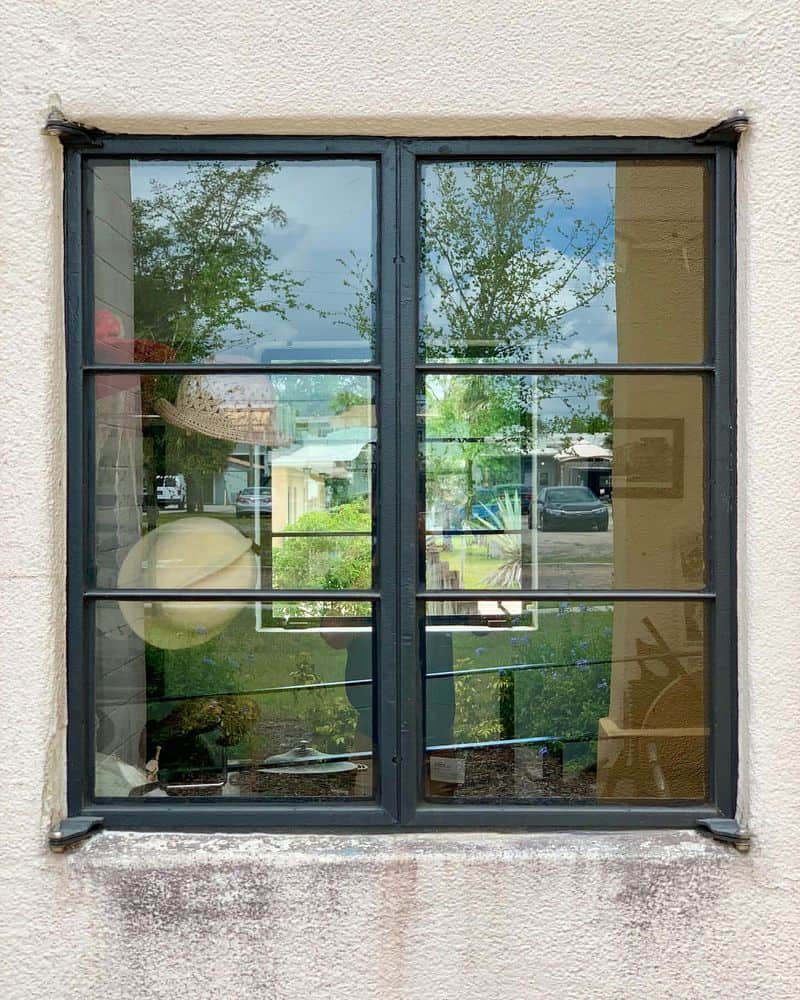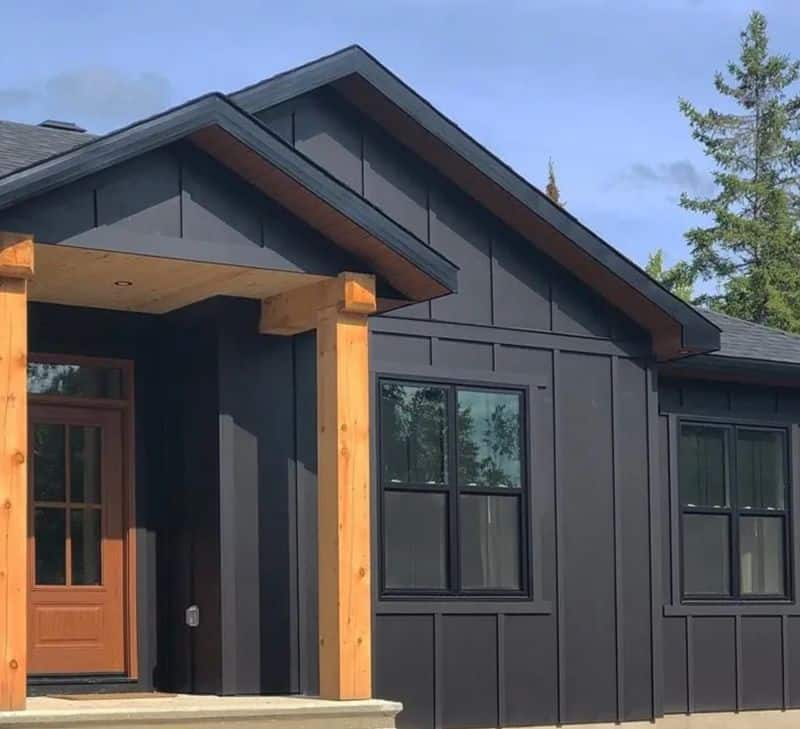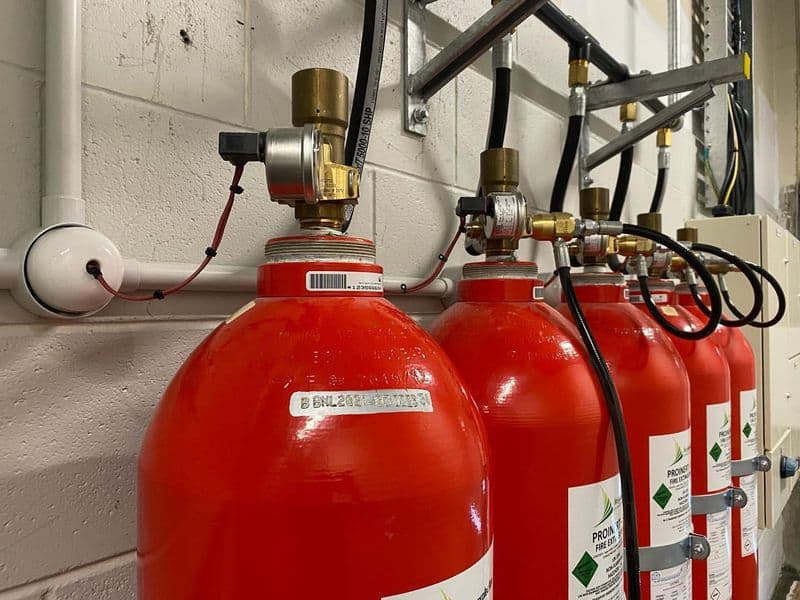Fireproofing your home is an essential step in safeguarding your family and property from potential fire hazards.
By implementing a few key strategies, you can significantly reduce the risk of fire damage.
This guide covers 12 practical and effective ways to fireproof your home, ensuring a safer living environment for you and your loved ones.
1. Install Smoke Alarms (Because You’re Not a Psychic)
Smoke alarms are your first line of defense in detecting fires early. Installing them in every crucial area of your home, especially near bedrooms, can alert you to danger when you least expect it.
Regularly check the batteries and conduct monthly tests to ensure they’re operational. Don’t wait for smoke to become visible or for a fire to grow – smoke alarms provide the early warning you need.
Remember, these devices are 24/7 guardians, ready to alert you to the first signs of trouble. Prioritize their installation and maintenance to keep your home safe.
2. Clear Your Roof and Gutters (No, Your Roof Doesn’t Need a Wig)
Leaves and debris in your gutters and roof can act as kindling for fires. Regular cleaning helps prevent these dry materials from becoming a fire hazard.
It’s a simple task but highly effective in reducing fire risk. Schedule seasonal cleanings, especially during fall, to keep your roof and gutters clear.
By doing so, you ensure that embers landing on your home won’t have fuel to ignite. This basic maintenance step can prevent potentially devastating fires from taking hold.
Keep your roof and gutters in pristine condition to enhance your home’s fire resiliency.
3. Use Fire Extinguishers (Not Just for Cool Instagram Photos)
Fire extinguishers are crucial tools for immediate response to small fires. Every home should have them readily accessible in key areas such as the kitchen and garage.
Familiarize yourself and your family with their operation through regular safety drills. This not only helps in mastering their use but also instills confidence to act swiftly if needed.
Fire extinguishers can prevent small incidents from escalating into major disasters. Ensure they’re part of your home’s safety arsenal.
Regularly check expiration dates and maintain them as needed, ensuring they’re ready when you need them most.
4. Install Fire Doors (Because Regular Doors Are Quitters)
Fire doors are specially designed to withstand high temperatures and slow the spread of fire and smoke. Installing these can provide essential time for evacuation and reduce property damage.
They’re particularly useful in high-risk areas like kitchens and living spaces. Fire doors blend seamlessly into your home’s decor while offering superior protection.
Consider them a wise investment in your home’s safety infrastructure. When selecting fire doors, choose those tested and rated for fire resistance, ensuring they meet safety standards.
They may just be the barrier that saves your home.
5. Plant Fire-Resistant Trees (Landscaping That Won’t Betray You)
Strategic landscaping with fire-resistant trees can act as a natural barrier against wildfires. Species like oak and maple are less likely to catch fire, providing a buffer zone around your home.
Position these trees with sufficient spacing to prevent fire from spreading. This thoughtful approach not only enhances your landscape’s beauty but also its resilience to fire.
Regular pruning and maintenance are essential to maximize their protective benefits.
By choosing fire-resistant plants, you create a defensible space that complements other fireproofing efforts, contributing to a safer environment.
6. Remove Any Dry Vegetation (Say Goodbye to Nature’s Fireworks)
Dry vegetation around your home is a significant fire hazard. Regularly clearing dead plants, brush, and leaves can drastically reduce the risk of fire spreading to your home.
This straightforward task should be part of your routine yard maintenance. By removing these natural fire starters, you create a safer perimeter around your home.
Consistent upkeep ensures that your property remains less susceptible to fires, especially during hot and dry seasons.
Embrace this proactive measure to enhance your home’s fire safety, proving that prevention truly is the best defense.
7. Upgrade Your Siding Materials (Your Home Deserves Armor)
Modern siding materials, such as fiber-cement or stucco, offer enhanced fire resistance compared to traditional wood.
Upgrading your home’s siding can significantly reduce its vulnerability to fire. These materials not only provide a shield against flames but also enhance aesthetic appeal.
Investing in non-combustible siding is a proactive step towards long-term fire safety. This upgrade not only fortifies your home’s exterior but also offers peace of mind.
Selecting the right materials involves considering both functionality and design to ensure they complement your home’s overall look while providing protection.
8. Prevent Roof Combustibility (Don’t Let Your Roof Go Up in Flames)
Your roof is a potential ignition point, making it crucial to use fire-resistant materials. Consider installing shingles made from materials like asphalt or metal, designed to withstand flames.
These provide an essential barrier, preventing embers from igniting your home. Roof upgrades not only enhance safety but can also increase your property’s value.
When planning renovations, prioritize fire-resistant options to safeguard your roof.
Regular inspections and maintenance ensure that your roof remains a reliable defense against fires, preserving your home’s integrity and your family’s safety.
9. Strengthen Your Windows (Glass That Can Take the Heat)
Windows can be weak points during a fire, making tempered or fire-rated glass a wise choice. These materials can withstand high temperatures, preventing breakage that allows flames to enter.
Upgrading to fire-resistant windows enhances your home’s safety and energy efficiency. Consider this investment as part of a comprehensive fireproofing strategy.
Fire-rated glass not only protects but also adds to your home’s aesthetic appeal, blending security with style.
During upgrades, ensure proper installation to maximize effectiveness, giving your home a fortified yet elegant look.
10. Use Fire Retardant Materials (Flame-Resistant, Not Boring)
Utilizing fire retardant materials in your home construction or renovation can significantly enhance fire safety.
These treatments can be applied to various surfaces, such as wood and fabrics, reducing their flammability. Fire retardants act as an additional line of defense, slowing down the spread of flames.
Whether you’re building new or updating existing structures, consider incorporating these materials. They offer an invisible layer of protection that can be crucial during a fire.
By integrating fire retardants, you bolster your home’s resilience, ensuring it stands strong even under threat.
11. Add a Fire Suppression System (Your Home’s Private Firefighter)
Installing a fire suppression system in your home is an advanced method of fireproofing. These systems, akin to those in commercial buildings, can extinguish flames swiftly, minimizing damage.
Consider options like sprinklers or smart systems that activate automatically. Such installations offer peace of mind, knowing your home has a responsive defense mechanism.
While initially costly, they can save lives and property in the event of a fire. Fire suppression systems are a smart investment, representing the ultimate in proactive fire safety measures for your household.
12. Create a Fire-Stopping Landscape (The Defensive Line Your Yard Needs)
Designing your yard with fire-resistant plants and firebreaks can effectively stop the spread of fire. Incorporate gravel paths or stone walls as barriers, enhancing both safety and aesthetics.
This strategic approach transforms your landscape into a defensive ally. Regularly maintaining these features ensures their effectiveness, providing a robust line of defense.
By creating a fire-stopping landscape, you add an extra layer of protection to your home.
This harmonious blend of nature and safety not only beautifies your property but also fortifies it against fire threats.

